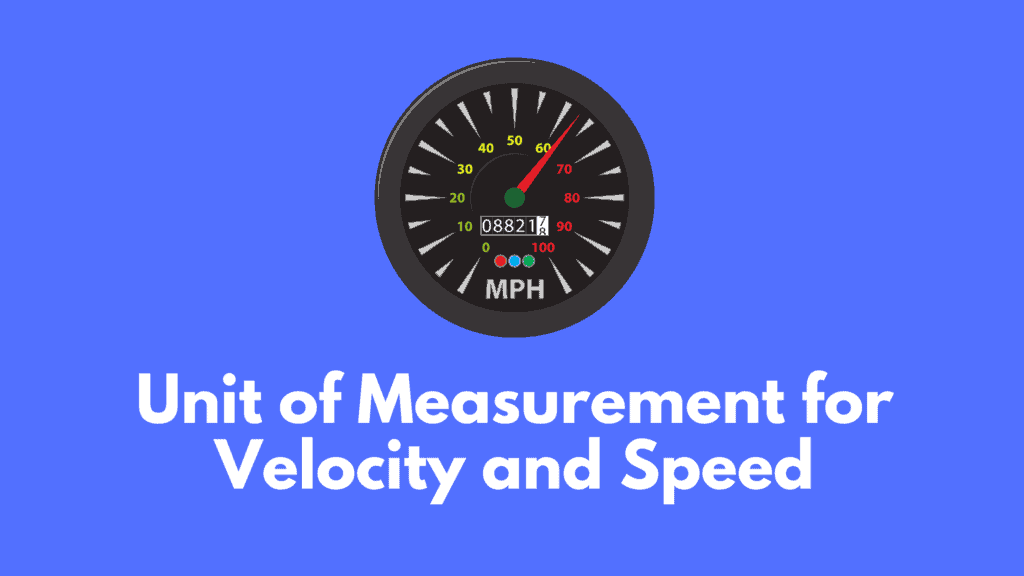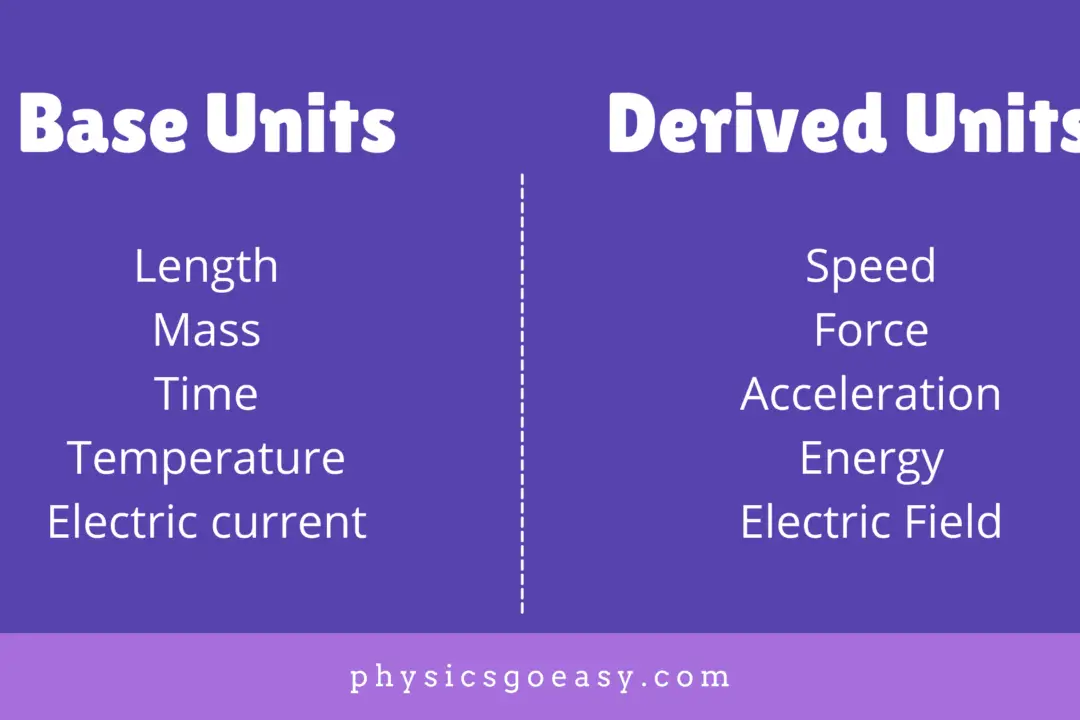CFM? You must have noticed this term mentioned frequently in the HVAC industry (heating, ventilation, and air conditioning). The term CFM is an abbreviation for Cubic Feet per Minutes. It is a volumetric flow unit that defines the volume of air (in cubic feet) that can be moved or exchanged each minute.
The CFM unit is used to measure Air Flow Quantity.
How to measure airflow (in CFM)?
The anemometer device helps to measure the airflow quantity. It measures air velocity in Linear Feet per Minutes (LFM).
The airflow is then measured by multiplying the air velocity (in LFM) and the cross-sectional area of the duct.
Therefore,
Airflow (in CFM) = Air Velocity (in FPM) * Cross-sectional area.
What is the difference between the CFM unit and SCFM, ACFM & ICFM?
The CFM unit is a general term; it defines the airflow quantity but doesn’t specify the conditions under which these values are calculated.
For example,
1 CFM unit volume of airflow means that “1 cubic foot of air is moving per minute through the compressor inlet.”
But, this fails to take into consideration that air is a compressible fluid. Therefore, the number of gas molecules occupying a 1 cubic foot volume depends on the pressure & temperature conditions of that location.
Consider this,
Mumbai City, located at 46 ft, has a higher atmospheric pressure compared to Shimla, located at 7,467 ft.
Due to this fact, the air molecules are closely packed (greater density) in Mumbai compared with the air molecules in Shimla.
Due to these differences, the CFM unit is further described as:-
A) Standard Cubic Feet per Minutes (SCFM)
It is the airflow rate of a gas corrected to standardised conditions of temperature, pressure and humidity.
Therefore, 1 SCFM contains the same amount of air molecules regardless of the location.
The standard conditions are usually defined at sea level (though these values do vary from country to country).
- 14.696 Pounds per Square Inch (psia)
- 60 Degrees Fahrenheit
- 0% Relative Humidity (RH)
SCFM is used as a common reference point to compare the capacities of different compressor systems.
B) Actual Cubic Feet per Minute (ACFM)
But, the above-mentioned sea-level standard pressure and temperature values cannot be considered for practical purposes.
Therefore, ACFM is used for sizing compressor systems at the customer location.
The conversion from SCFM to ACFM can be expressed
ACFM = SCFM [Pstd / (Pact – Psat Φ)](Tact / Tstd)
C) Inlet Cubic Feet per Minutes
In complex compressor systems, components such as inlet filter, blower or booster are added before compressor inlet. Due to this, pressure and temperature conditions at the compressor inlet vary greatly compared to the actual ambient conditions.
Therefore, in such conditions, utilising the ACFM value can lead to the incorrect sizing of the compressor systems at the customer location.
Therefore, the ICFM value is used to calculate airflow at the compressor inlet after the air has passed through other components.
What is the SI unit of airflow quantity?
The SI unit of airflow quantity measurement is Cubic Meter per second $(m^3/s)$.
How to Convert the CFM unit into the SI unit of airflow?
Use the following formulae,
1 m3/s = CFM * 0.00047194745
1 m3/s = CFM / 2118.8799728
What are the practical applications of the CFM unit?
1) To determine the airflow rate for an HVAC system.
On average, 400 CFM airflow is required per ton.
2) To determine the air exchange rate for different setups.
Engine room, generator room and boiler rooms have potentially dangerous exhaust fumes. These fumes need to be extracted before they reach a toxic concentration in the air. The CFM unit helps determine the airflow rate. Which is used to develop the ventilation system according to the required specifications.






